As extreme weather intensifies across the U.S., a growing body of data shows the staggering human and economic toll it’s taking on agriculture and communities alike.
A recent study found Arizona to be the state with the highest weather-related fatality rate, with 1,405 deaths over the past five years. Meanwhile, states such as Louisiana and Hawaii face astronomical per-person costs from storms, floods, and wildfires, with damages exceeding $6,000 per resident in some cases.

This state-level analysis — done by property and casualty damage firm Your Insurance Attorney — aligns with new data from the American Farm Bureau Federation, which estimated more than $20.3 billion in U.S. crop and rangeland losses from major weather events in 2024 alone. According to AFBF economist Daniel Munch, these disasters — ranging from droughts and heatwaves to hurricanes and floods — are not only reshaping the agricultural sector but creating long-term vulnerabilities for farm families.
Of the $20.3 billion in agricultural losses in 2024, only $10.9 billion was covered by federal crop insurance through the Risk Management Agency, leaving $9.4 billion uninsured or beyond coverage limits. Weather disasters also caused nearly 570 fatalities nationwide and contributed to an inflation-adjusted $182.7 billion in total economic damage, making 2024 one of the most devastating years on record.
Texas again led the nation in agricultural losses with over $3.4 billion, driven by severe drought and extreme heat. Cotton producers were hit hardest, with $1.8 billion in losses, followed by $768 million in forage damage and $257 million in wheat losses. Minnesota followed with $1.45 billion in losses, mostly from flooding, while California saw $1.4 billion in damage, largely to fruit and nut crops.
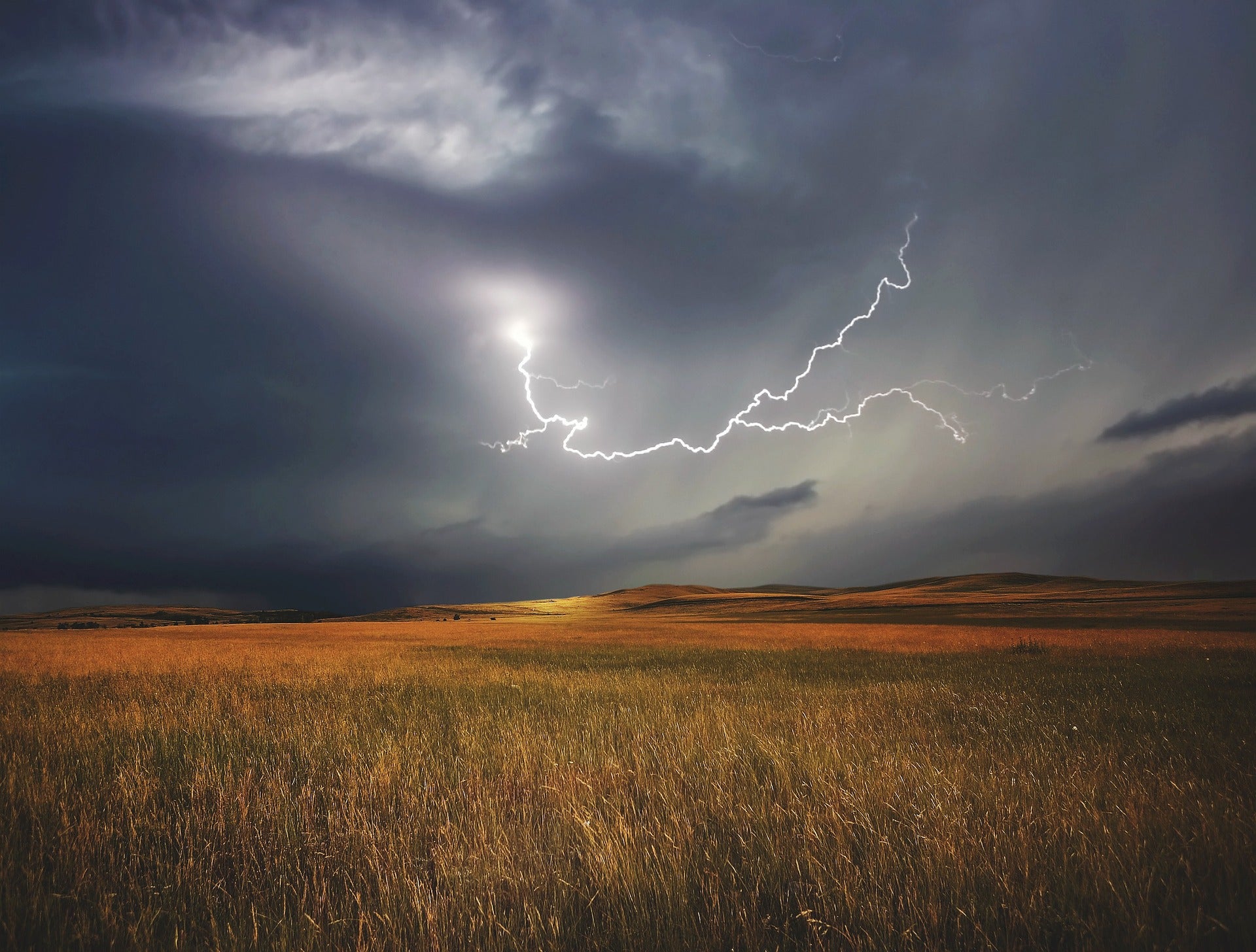

The top crop types affected in 2024 included:
- Corn: $3.85 billion in losses
- Forage and rangeland: $3.8 billion
- Soybeans: $3.2 billion
- Cotton: $2.5 billion
Hurricanes and flooding caused $6.7 billion in crop damage nationwide. Hurricane Helene alone caused $78.7 billion in economic losses, devastating crops across Georgia, Florida, and the Carolinas. Georgia lost $195 million in peanuts, $164 million in cotton, and $51 million in pecans. Florida saw similar destruction, including $155 million in pepper losses and $42 million in sugarcane.
Drought, heat, and wildfire still accounted for the largest share of agricultural losses, totaling over $11 billion. Much of these losses occurred outside the scope of traditional crop insurance. For example, $43 million was lost to insect damage, $34 million to plant diseases, and $24 million to wildlife — losses that are rarely fully covered by federal programs.
To address this growing gap, Congress passed the American Relief Act of 2025, which provides $21 billion in natural disaster aid. The funding is expected to cover losses to revenue, production, and quality for crops, livestock, and on-farm infrastructure for disasters occurring in 2023 and 2024. However, this falls short of the $26 billion in uncovered losses accrued by farmers since 2022.
- Meanwhile, USDA continues to offer targeted recovery programs. These include:
- Livestock Indemnity Program: For livestock deaths due to extreme weather
- Emergency Assistance for Livestock, Honeybees, and Farm-Raised Fish: For feed and transport costs
- Tree Assistance Program: For replanting orchard crops
- Farm Storage Facility Loans: For rebuilding or upgrading damaged storage
In Arizona, USDA’s Farm Service Agency urges producers to report losses early and bring documentation such as photos, receipts, and herd records. “When you’re able, please reach out to your local FSA county office to report losses and damages — the sooner we have the information, the sooner we can get county committee action,” Ginger Sykes Torres, former FSA State Executive Director said last July.
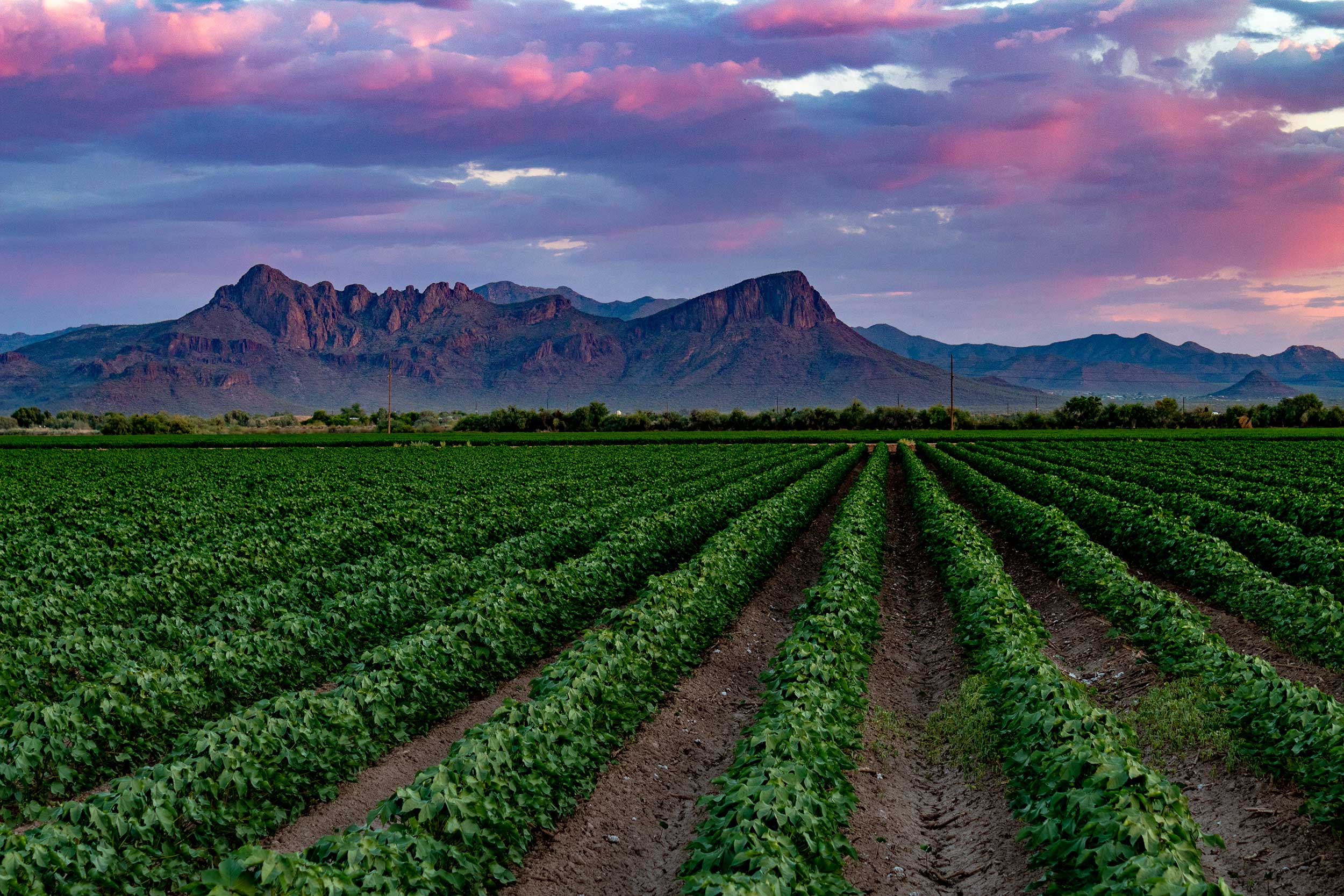

Still, gaps remain. Policies often don’t account for cascading impacts — like how drought can trigger insect infestations or increase vulnerability to wildfire. These secondary losses frequently go unreported or uncompensated.
However, concerns are growing about the USDA’s staffing capacity to deliver that support. Zach Ducheneaux, who served as FSA administrator during the Biden administration, warned in February that recent firings of loan officers may significantly hinder farmers’ access to assistance. “Firing local FSA loan officers is not only a waste of taxpayer investment in their training, producers will lose the opportunity to buy a farm or ranch, if not lose their existing farm or ranch,” Ducheneaux said. “They will not be able to get their operating money in a timely fashion. That’s not hyperbole. It is actual, literal fact.”
As weather volatility continues to challenge U.S. agriculture, both short-term aid and long-term reforms are being called for. “The true cost of climate volatility isn’t just measured in insurance payouts or casualty statistics,” said Anthony Lopez of Your Insurance Attorney, “but in the growing economic inequality it creates between regions — some states are becoming climate havens while others face mounting exodus pressures.”
With the 2025 season already underway, timely implementation of disaster funding and continued adaptation to evolving risks will be essential for the survival of many American farm operations.


:max_bytes(150000):strip_icc()/Lee-Lubbers-Wheat-August-2024-South-DakotaIMG_7952-79244c166fac424baa84dccc18be6e32.jpeg)
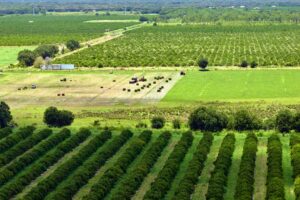
:max_bytes(150000):strip_icc()/fish-habitat-and-jetty-construction-2048x1536-3f12a1341a894afdb0a343e5db33b641.jpg)


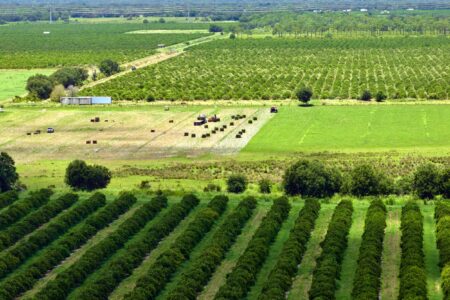
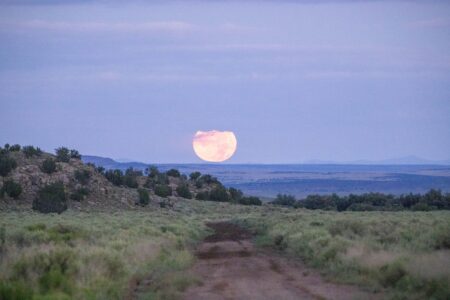

:max_bytes(150000):strip_icc()/101485674_corn-5d814390db764fcdaa3d3c1e82604454.jpg)